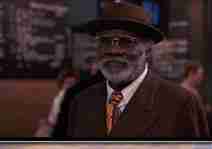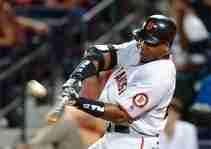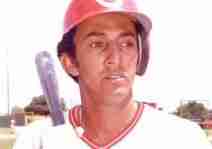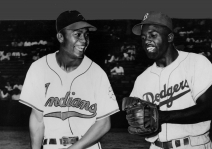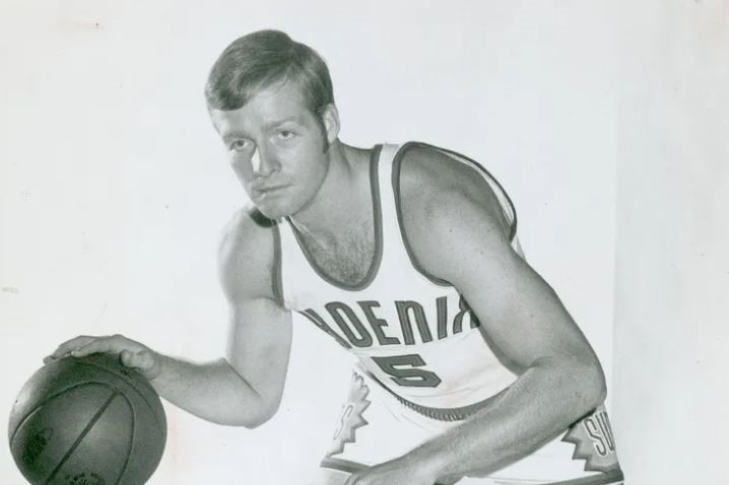Warning: Attempt to read property "params" on null in /home/notinhal/public_html/plugins/k2/k2canonical/k2canonical.php on line 382
79. Tom Van Arsdale
The identical twin of Dick Van Arsdale, Tom Van Arsdale played with his brother at the University of Indiana, where he impressed enough to be drafted by the Detroit Pistons in 1965. He was decent enough with the Pistons, but in his third year, Van Arsdale was traded to the Cincinnati Royals, where he had his best run.
From 1969-70 to 1971-72, Van Arsdale was named to the All-Star Team and averaged over 22 Points per Game in those first two years. It was productive for Van Arsdale, but his respective team was not very good like in Detroit. Van Arsdale later played for Kansas City, Philadelphia, Atlanta and one last year in Phoenix where he played with his twin.
Despite playing 929 Regular Season Games with a 15.3 PPG, Van Arsdale never appeared in a playoff game.
55. Dick Van Arsdale
Dick Van Arsdale was a college star with the Indiana Hoosiers before he was drafted by the New York Knicks, where he played his first three seasons, but he was chosen by the expansion Phoenix Suns in the Expansion Draft and he became the face of the new team.
Van Arsdale developed a sweet mid-range shot, and coupled with his high free-throw ability, he was one of the most accurate shooters of his day. The original Sun was an All-Star in his first three seasons in Phoenix. In those All-Star years, Van Arsdale averaged over 21 Points per Game and was the main star for those struggling Suns squads. As he got older, Van Arsdale became a more competent defender and even won an All-Defensive (Second Team) Selection in 1973-74.
He would later provide a veteran role on Phoenix’s first NBA Final in 1976, and would retire a year later. Fittingly, Van Arsdale’s twin brother Tom was with him for his final campaign.
235. Earl Faison
A star at the University of Indiana, Earl Faison elected to go to the San Diego Chargers in 1961, who drafted him in the 1st Round as opposed to the Detroit Lions of the NFL, who chose him in the 5th. Faison was an instant stud, using his sheer power by winning the AFL Rookie of the Year. The Defensive End would earn First Team All-Pro in four of his first five years, only missing out on 1962 because injuries reduced him to only eight games. Amazingly, he was still named an AFL All-Star that year, and as you would expect, he was one every other year of his first half-decade in Pro Football.


